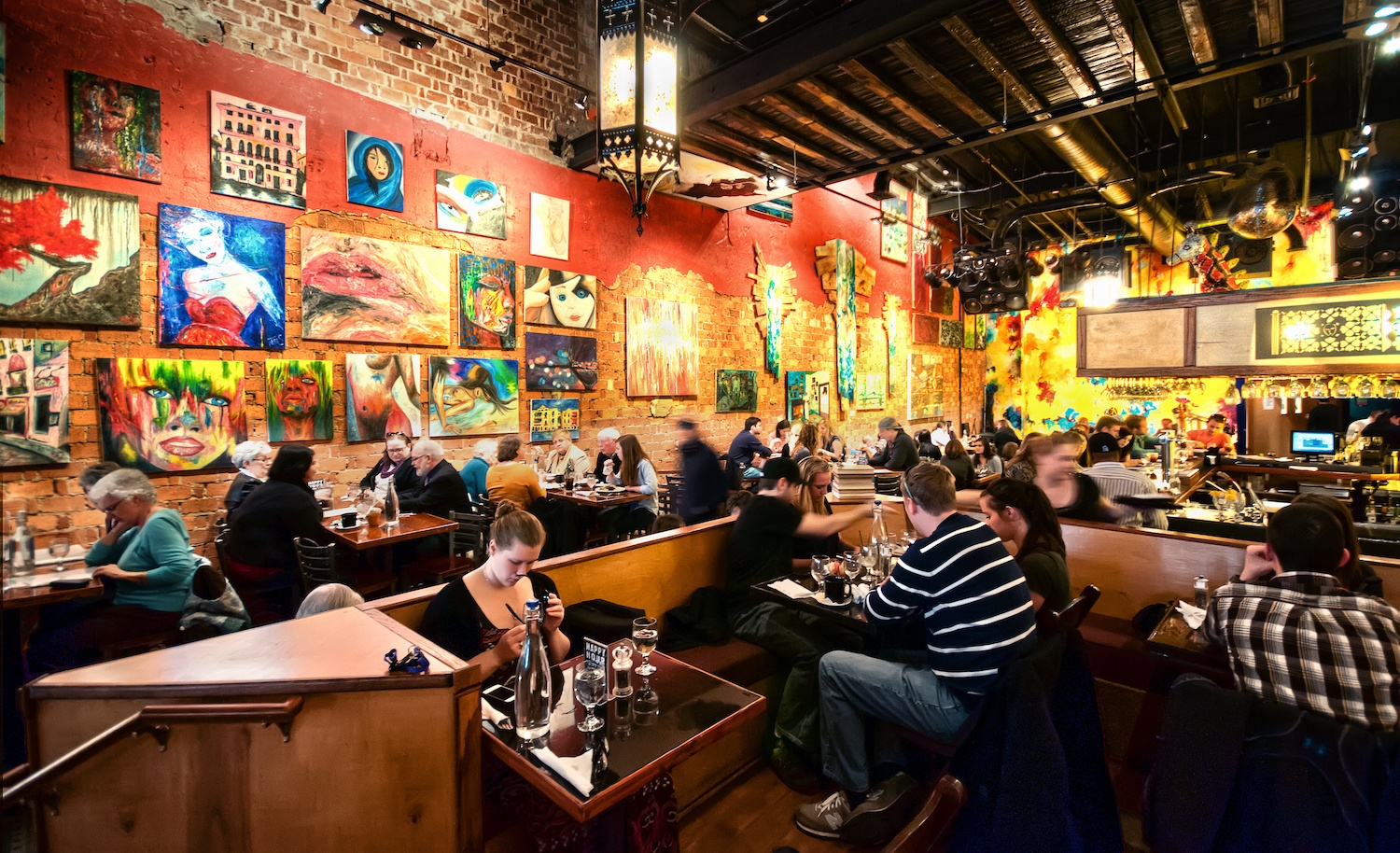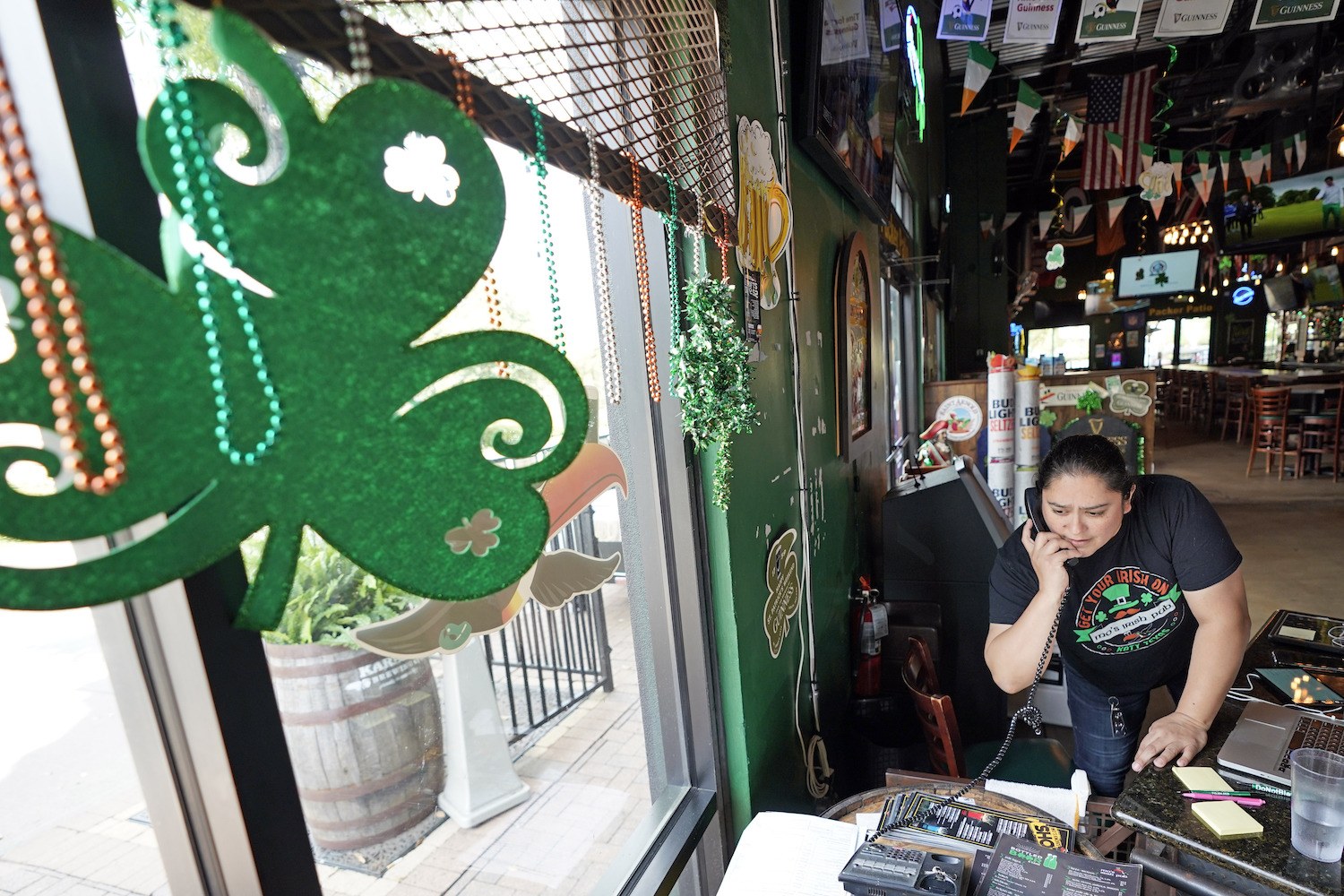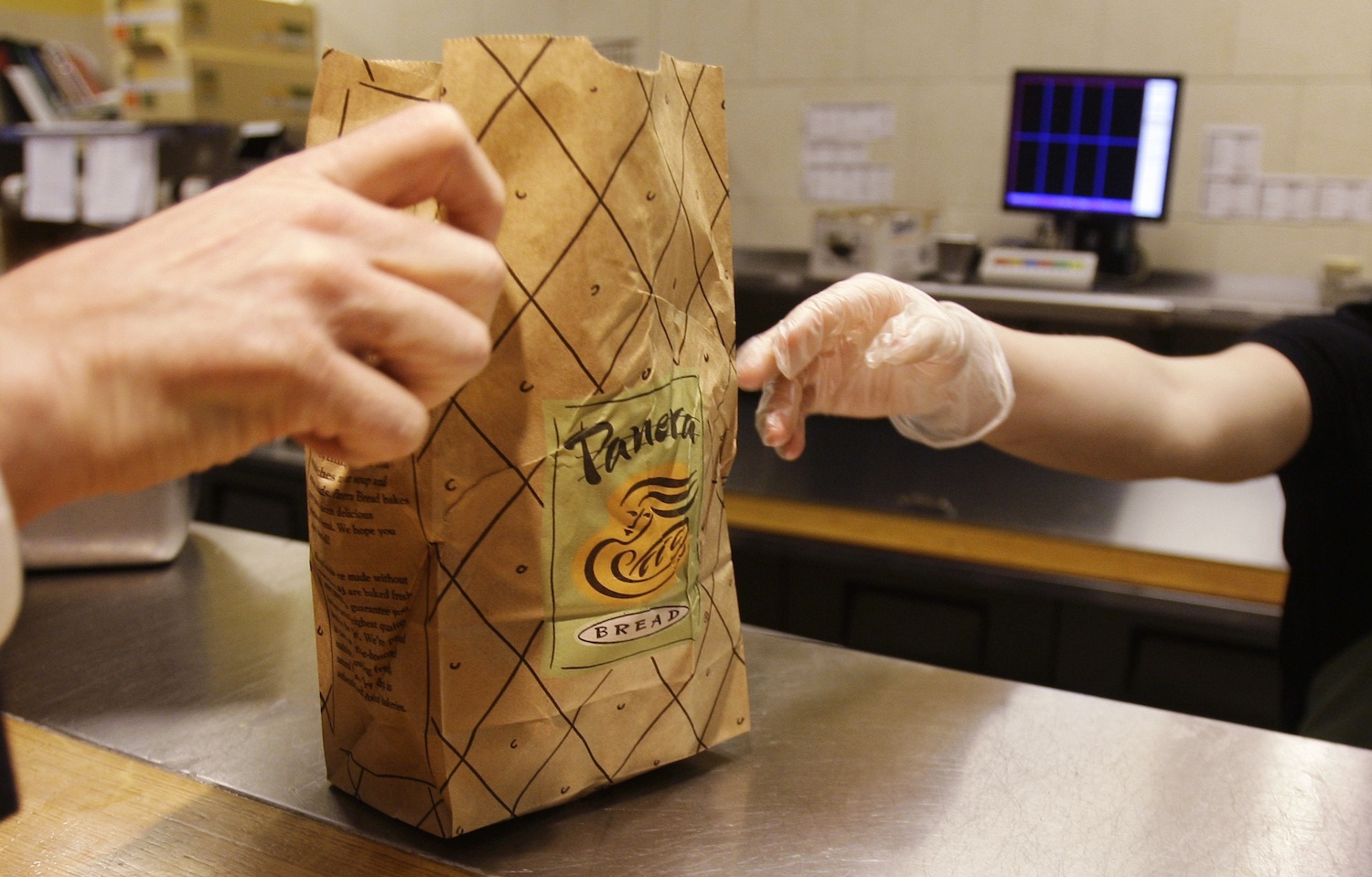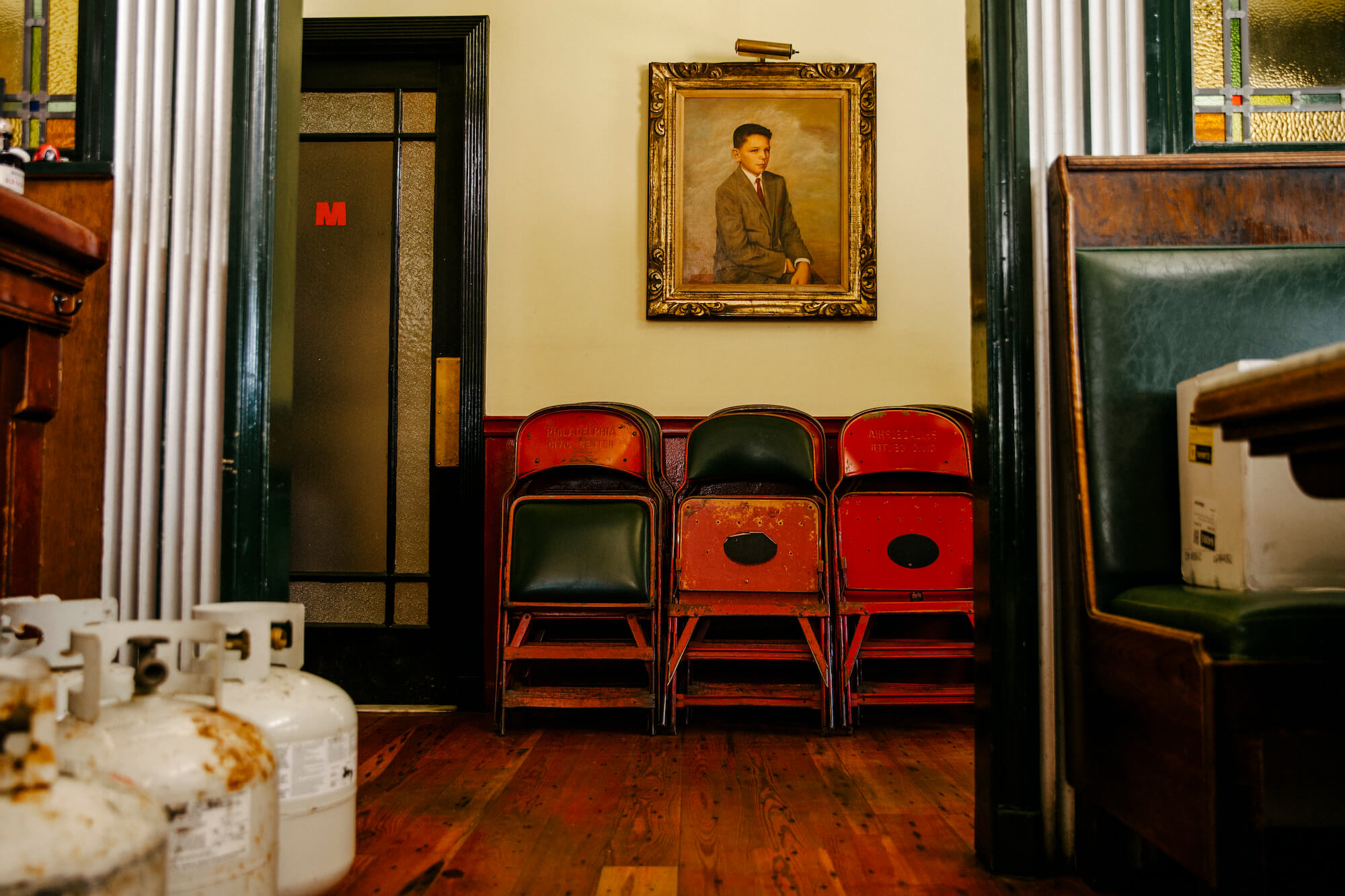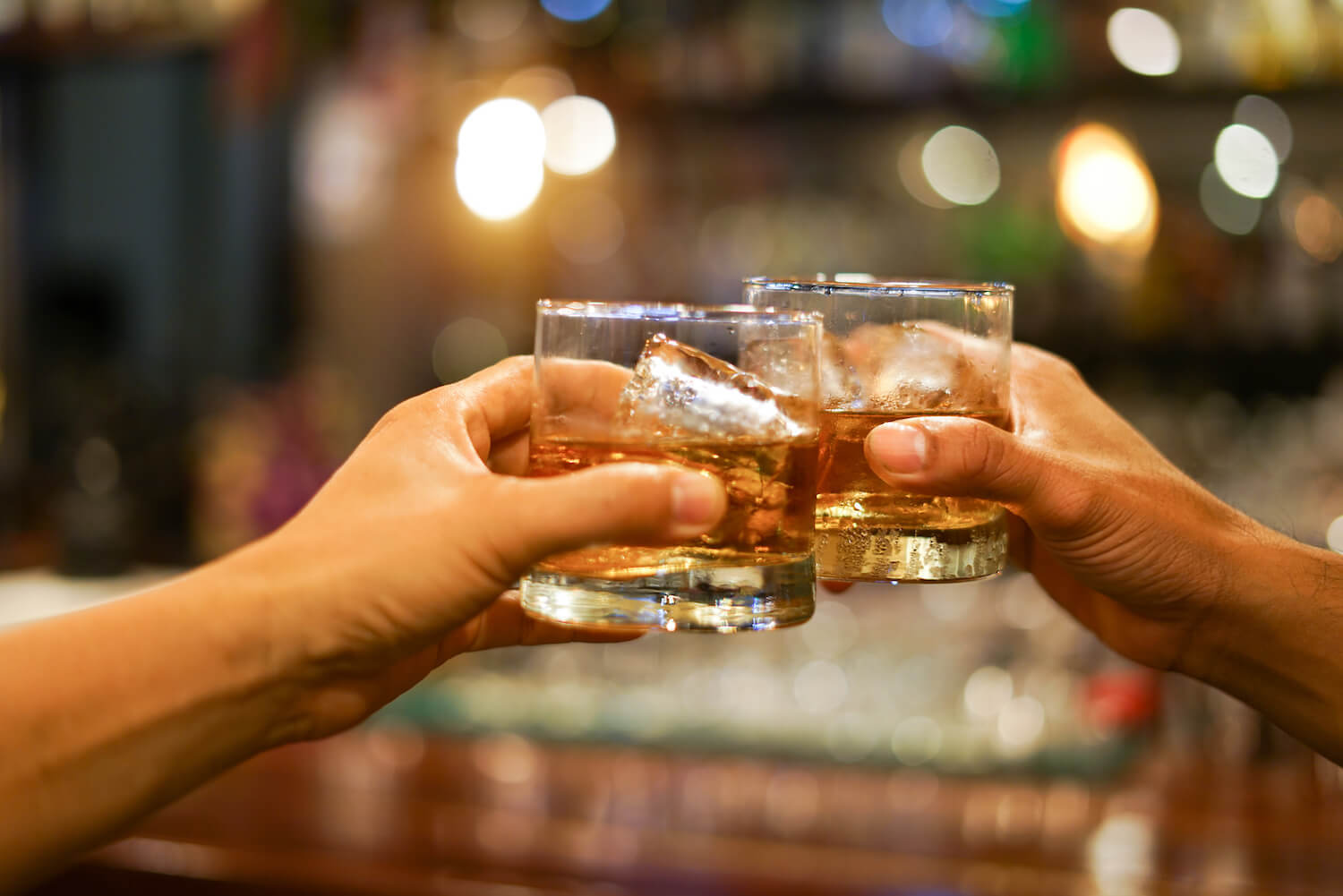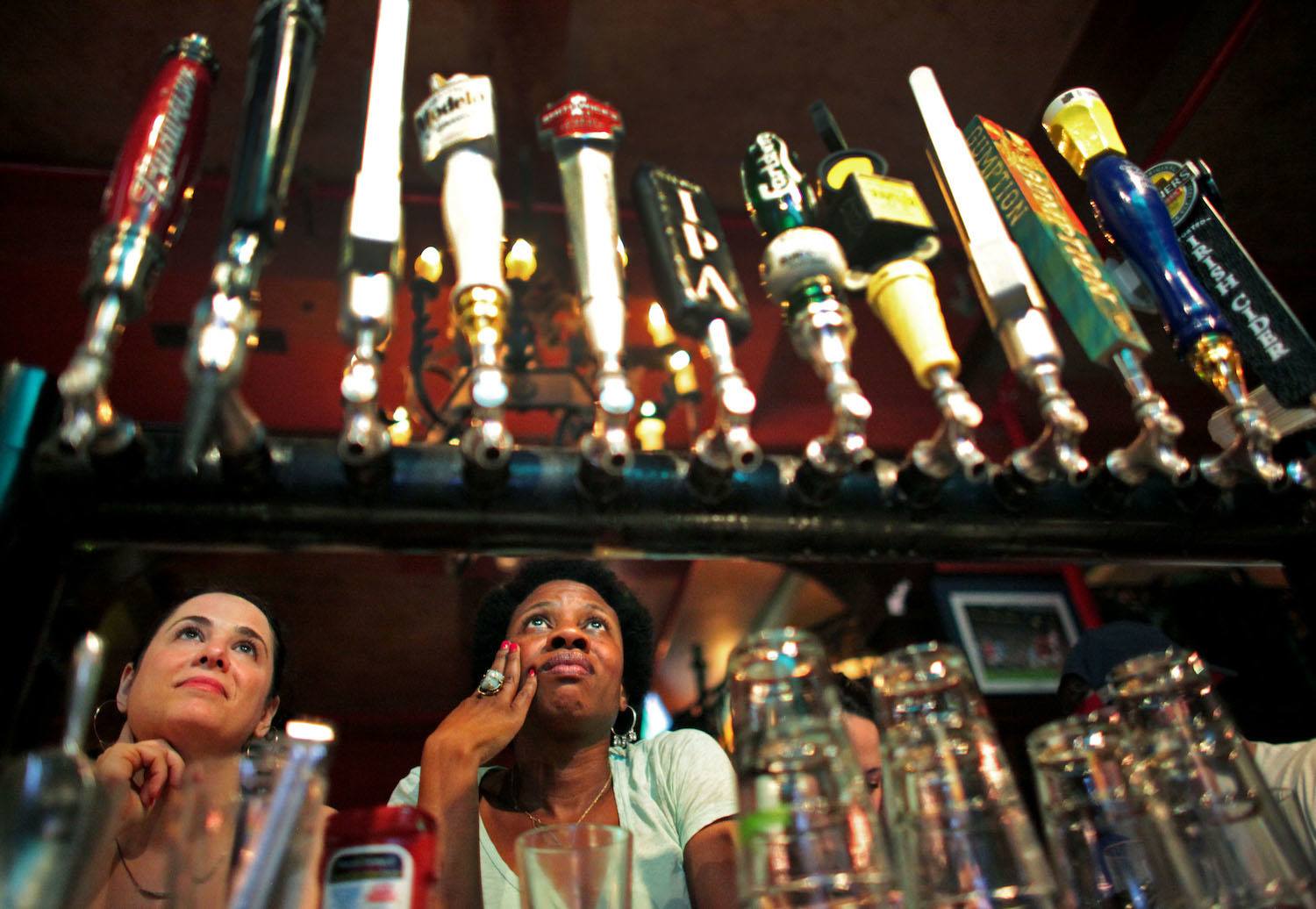
Yana Paskova/Getty Images
A good bar occupies an unusual and vital place in the American social landscape, where communities are fostered organically by regulars and bar staff. Covid has shown us how easily these communities can be destroyed.
Hannah Withers has operated Maxine’s Tap Room, a bar in Fayetteville, Arkansas, for the last eight years. Maxine’s has been serving drinks since 1950, and Withers considers herself more caretaker than owner, but hasn’t been able to do her job properly for more than a year—ever since the pandemic upended restaurants and bars with restrictions and quarantine-related shutdowns. “It still feels like sitting in this hollow shell of what it used to be,” she told me. “We create these places for people to gather in and be intimate with each other, and to be intimate with us, and all of that is gone.”
A good bar occupies an unusual and vital place in the American social landscape. As we become lonelier and more isolated than ever, a bar is one of the few remaining places we can go to actually talk to people. “We don’t have TVs in any of our places even though we’re in a football town,” Withers said. “I love connecting humans and strangers and making random acts of magic happen.” But in a year of unprecedented struggle across the hospitality industry, the few solutions offered have been tailored to restaurants, while bars have suffered uniquely. Take-out was one obvious solution for restaurants, and in many parts of the country, off-premise laws were temporarily adjusted to let bars profit as well. Bars became de facto liquor and wine stores in addition to offering large format cocktails and single-serve drinks to go, though operators saw this as mostly a stopgap measure.
Maxine’s stayed closed through much of that first summer, opting instead to sell cocktail kits through a local liquor store and host a virtual Friday night happy hour, bringing in different bartenders and even a live band. Timothy Cabral, a lifelong service industry worker and the owner of several bars in Connecticut, also turned to online events, starting last April with a virtual cheese and cocktail pairing hosted by his New Haven bar, Ordinary. “We ended up selling 150 [kits] in the first three days,” he said. Cabral found an overwhelming show of support from his community, and soon began selling as many as 350 kits per virtual session.
Capacity limitations affected everyone, but bars faced additional challenges with seemingly arbitrary hours restrictions and rules—such as, in many jurisdictions, a new requirement that all alcohol purchases must be accompanied by food.
But not every bar was able to make it through that first spring. Cabral also works in the hotel industry, which also suffered tremendously. Speaking of a now-defunct collaboration with New Haven’s The Blake Hotel, he told me: “Week one of closing we had to give back $1.7 million [in] deposit money…and that financial hit was just nothing we could overcome.”
As bars began to reopen last summer, new hurdles presented themselves. Capacity limitations affected everyone, but bars faced additional challenges with seemingly arbitrary hours restrictions and rules—such as, in many jurisdictions, a new requirement that all alcohol purchases must be accompanied by food. According to New York’s State Liquor Authority (SLA) website, the purpose of this was “to ensure that patrons are enjoying a sit-down dining experience among a small group with drinks, i.e. a meal, and not a drinking, bar-type experience.” In other words: to stay open, bars were forced to stop acting like bars.
Marissa Mazzotta manages The Shanty, a small cocktail bar in Brooklyn attached to the New York Distilling Company. Like many bars of its ilk, The Shanty doesn’t have a kitchen. “We’ve been open for nine years prior to this as a cocktail bar that sometimes had snacks,” Mazzotta said. To adhere to the new rules, she found herself forced into partnerships with local restaurants. “I’m happy to be supporting them,” she said, but it was another financial hardship on top of so many others: not just the cost of the food, but the added labor cost as well. “We had to bring a whole other person on for our busiest days just because we wouldn’t be able to get the food out to people in time.” Elsewhere in New York, frustrated bars churned out solutions like “Cuomo sandwiches” (named for the governor who they viewed as responsible for this latest restriction)—white bread and peanut butter or Kraft singles, designed just to be thrown away. “I can’t imagine the amount of wasted food now that New York City alone has dealt with because of that,” Mazzotta said. But bars that flouted these rules risked having their liquor licenses suspended.
In Arkansas, Withers found herself joining a group that sued the state over their own restrictions. Over the winter holidays, the governor announced a new, much earlier 11 p.m. closing time for bars. Withers was conflicted about this: Like most people I spoke to, she stressed that she wanted to operate as safely as possible. But the hour cut came on top of so many other restrictions, and, in her words, “If it’s not safe for us to operate between 11 and 2, then it’s not safe for us to be operating at all, and they shouldn’t be putting us out on the frontlines in front of people.” All over, bar owners were begging for either the freedom to make money, or the support to stay closed.
The shift to outdoor, too, has been especially difficult for bars. Some of these are the same practical concerns that restaurants have had to deal with—your ability to stay open might come down to whether or not there’s a bus lane taking up all the space in front. It’s expensive: building and rebuilding outdoor structures can cost thousands of dollars in material and payroll. Bad weather means an even deeper cut to sales, if you can open at all.
Andrew Robertson, a bartender at East Village cocktail mainstay Amor y Amargo, and his creative partner Santosh Faiia, spent much of last year filming Life Happens on Pause, a documentary that follows Amor y Amargo and three of its neighbors throughout these very struggles. “I love the East Village,” Robertson said. “I love it for a lot of reasons, but outdoor dining is not one of them.” A New York City bar should be an escape from the city, he said; when you’re just seating your guests at a row of outdoor tables on a random street, “you’re not giving people an experience.”
“One of the greatest joys of my life has been cultivating neighborhood bar communities. A lot of it is about creating a comfortable physical space. Are your barstools comfortable, are your lights too bright, is your music too loud? Do you have a soft color palette? …Whatever comfort means to your immediate crowd.”
Meryl Gellman, a longtime bartender who, pre-pandemic, worked for Covid casualty Butter & Scotch said that, “one of the greatest joys of my life has been cultivating neighborhood bar communities. A lot of it is about creating a comfortable physical space. Are your barstools comfortable, are your lights too bright, is your music too loud? Do you have a soft color palette? …Whatever comfort means to your immediate crowd.”
Being inside a bar right now is a struggle in its own way, from the changes in capacity and behavior to the additional labor of policing mask-wearing and hand sanitizing. In the tiny town of Bolinas, California, the centuries-old Smiley’s Schooner Saloon had been undergoing much-needed renovations and repairs when Covid hit, and only reopened last October. Co-owner Leila Monroe told me some town residents were horrified by the new interior, with its plexiglass dividers and no bar seating—both of which, she was eager to assure me, were temporary measures. “The old clientele would walk in…and say, ‘You ruined it!’” she said. Speaking of her experience in Brooklyn, Gellman put it bluntly: “People are not flexible, and people have really high expectations that it’s going to be the same.” Even the most courteous and understanding patrons I spoke to expressed their frustrations with the restrictions. Lisa Finn, who had been a regular at Butter & Scotch, described the pandemic bar-going experience as “really stiff…less like hanging out at a bar and more like going out to dinner.” The SLA would be pleased to hear this.
And yet, all changes aside, the bar is where people want to be. At The Shanty, Mazzotta says, “every single person who comes [to drink outdoors] says they can’t wait to be back inside.” Withers spoke about the joy of seeing newly-vaccinated regulars return for the first time: “Some of them just sit in a booth and cry,” she said. “[They] tell us how much they miss us and I can’t [begin to] tell them how much we’ve missed them too.”
“People are not flexible, and people have really high expectations that it’s going to be the same.”
Colyn Lowrey, a former regular of BKW, a cocktail and wine bar I tended that closed in 2019, described the pre-Covid appeal of visiting a bar as “the illusion of being part of something”—the background noise of other people that can be so comforting, “even if you’re just sitting there enjoying a book.” Dave Soto, a freelance digital artist and a regular at Mazzotta’s bar, talked about the same thing: “Even if I wasn’t necessarily talking to people at the bar,” he said, “there was something about just being around so much life, especially life that’s having fun.” And at the right place, and with the guidance of the right bartender, that can be molded into a real community. I spoke to a patron of Glorietta Baldy, a particularly tight-knit bar in Brooklyn, who spoke of making “actual, outside-of-the-bar friends with bartenders and other patrons.” Going to that bar, she said, “has been a really great opportunity to meet and befriend people who I probably wouldn’t have the chance to otherwise.” Soto shared similar feelings: “I think the kind of people that are regulars are also pretty friendly in general,” he said—but getting to know them requires the sort of organic conversation that’s easy to foster at a bar, and actively discouraged by all of our Covid protocols.
A neighborhood bar is sustained by exactly what that SLA law is designed to prevent: mingling and hanging out, often over long, unstructured periods of time. “There aren’t expectations at a bar in the way that there are at a restaurant,” Mazzotta said. “You can’t sit at a restaurant all night, but you can sit at a bar all night.” This is what those regulars are crying for in Withers’ bar, and it’s what the bartenders I spoke to missed, too, though perhaps not what they missed most. This is, after all, a job, and as many of my interviewees stressed, bartenders are all working longer hours for less money. But Frank Caiafa, a hotel bar veteran and Shanty regular explained the social loss well: “We all get drawn into the business in some way because we like that life, the saloon life. The telling of stories, the meeting—you never know who’s going to walk through the door—the community. You know, if you’re in your house for a year, you know who’s going to walk through the door during a pandemic: no one.”
The same things that have made bars vulnerable have also been their greatest strengths. Regulars and repeat guests have donated to GoFundMes for their favorite bars, and this time last year, Gellman told me, “I had regulars sending me Venmo and Paypal, like, ‘this is how much I probably would have tipped you by now.’” Amor y Amargo’s Robertson reminisced about seeing customers sitting in freezing cold and falling snow outside one of his own local bars, the all-outdoor King Tai. “You can’t buy that kind of loyalty,” he said. Gellman put it more strongly: “That’s love,” she said. “I’m so thankful to our regulars right now—they are keeping us alive.”

